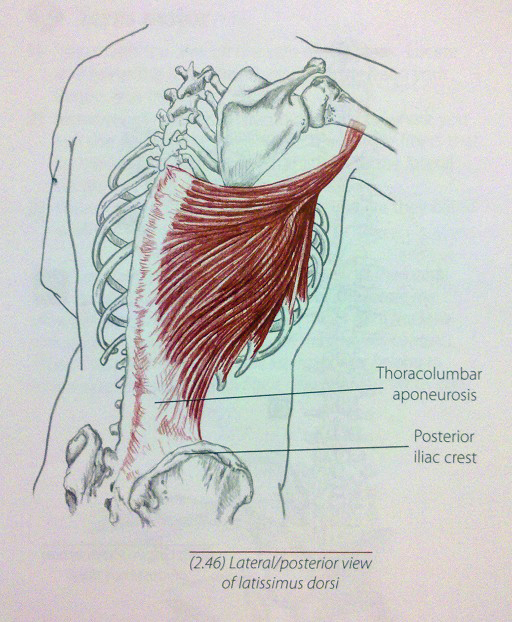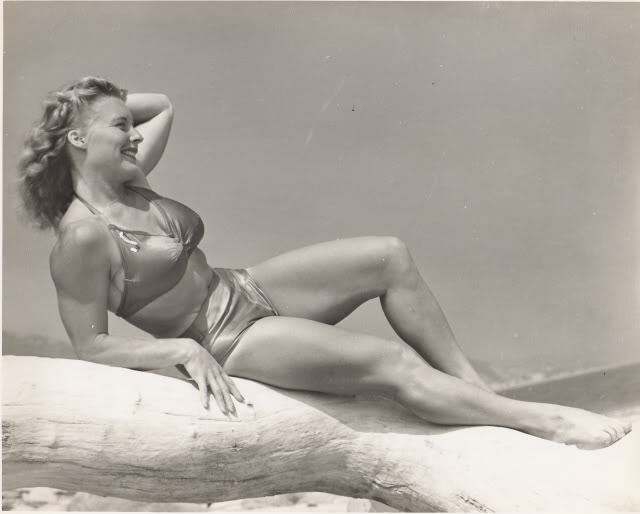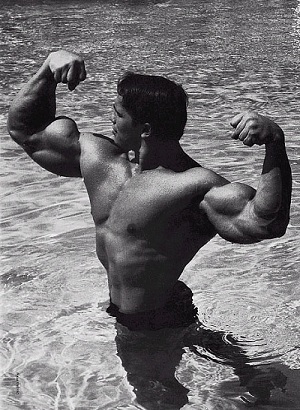Some readers are really interested in what my diet looks like. I’m the first to point out that it’s not perfect (or interesting), but whether or not there is a perfect diet is debatable anyway. I’m 6′ and usually weigh between 210 and 212 pounds. If I had to guess, I’d say my body fat is about 10%, however lower ab veins are said to be visible under 7 or 8%, so I guess I could be as low as 8 or 9%? In any case, my diet and training has evolved to the point that I’m stronger in most lifts than ever (with the exception of squat due to injury and overall body weight loss) while being the most lean and athletic I’ve ever been. Monday I pressed 220×3 on my third triple, and last week I push-pressed 260×2 on my fifth double after clean and jerking up to 315 for three singles.
I don’t really like talking about my training because I don’t like the lack of privacy inherent in a voyeur look at something that takes up a lot of my time (training, eating, recovering, etc.), especially when other aspects of my life will dictate and alter these activities. I’m not so narcissistic (like the late Zyzz) to think anyone really gives a shit anyway. The point is that I’m not that great, but I’m above average in most things to the point where my diet might be relevant. It’s not something that everyone needs to try and emulate, since I think diet is a very individualistic kind of thing, but hopefully you can get some pointers or ideas by looking at it.
My average day involves:
– Water, vitamins, and fish oil
– Fruit and whey protein smoothie
– 6 Eggs and bacon (random carb)
– Random meal (pre-workout is typically whey and random simple carb)
– At least one pound of meat, typically beef with salad and/or sweet potato
– Whey and sunflower seeds or peanut/almond butter
– Fishoil again
There are more specifics, but you can watch the video to hear them. The first three parts are always the same every day with slight variations (e.g. today I had 7 eggs), and the latter meals are variable. I’ll change things depending on if I have a high carb or sodium meal or if I drink a lot of alcohol (which is uncommon). This is sort of the baseline thing I do, and when there are significant perturbations, then I react in specific ways. I don’t shy away from awesome things like bacon cheeseburgers, waffles, or chocolate, but sometimes prepare my day around them or have set reactions to return to normal after eating them. In any case, enjoy the video. Oh, and the it’s kinda long, but it isn’t necessarily boring. Especially the beginning because I had just woken up.
The Lats While Benching
There is a misconception that the latissimus dorsi — commonly referred to as “the lats” — aid in the upward movement of the bar when benching. This has bothered me for a long time, so I have broken this down anatomically to explain why it isn’t the case. We will then learn what the lats actually do during a bench press to be so important.
The Lat
First, we must understand where the lat attaches as this will dictate everything it does. The attachment sites of a muscle obviously don’t change, and the muscle will contract to bring these bones together. It’s pretty easy to discern what actions that muscle causes after knowing the attachment sites (and why you learn bone anatomy prior to muscles, because the markers on the bones are where the muscle’s tendons attach).
The lat attaches onto the spine from the sacrum all the way up to the mid-thoracic spine (the lower it goes the more of an aponeurosis there is, but don’t worry about that right now). The fibers of the muscle angle upward and diagonal from the spine to the humerus (upper arm bone). The fibers cross behind and under the humerus and wrap around it to attach near the crest of the greater tubercle (a name for a mark on the bone). If you want to see the proximal attacchment, then this picture is an anterior (front) view of the humerus, and the lat will wrap around the left side of the picture (where it says ‘surgical neck’) to attach in the area indicated. For those who are kind of confused, just look at the picture below.
Continue reading
Getting Girls to Train – 4
Mondays typically focus on the 70’s Big Female, but this is the next installment of the “Getting Girls to Train” series. Also check out Parts One, Two, and Three.
Actually Getting A Girl To Train
It isn’t easy to get women to start training when their entire lives they’ve been given bad advice and false hopes (don’t believe me? see this). Throughout this series the readers have said, “That’s great, but…how do I get my wife/girlfriend/sister/friend to actually do it?” This post will provide a step-by-step suggestion guide on getting your friend to actually begin.
Before we begin, it’s important to note that the goal of this process is to help a girl train better and smarter while getting better results. You’re supposed to be helping and teaching instead of belittling her current methods, “mainstream fitness, or “society” (we can bitch about this stuff another time). Subtly reply to her doubts and skepticism in a proper, non-confrontational tone. In other words, we aren’t hysterically trying to convert anyone, but instead aim to help.
First, Present the Facts
In order to move onto the “how”, you need to first present the “why”. If possible, suggest that your lady friend read this amiable, friendly letter I wrote (I may re-write it soon to improve it since I wrote it a year ago — I’ll post it here when I do). I originally wrote it for a friend who coaches at CrossFits so that she could show her clients why lifting would be beneficial. Allow me to summarize:
A Summary of Strength Training Benefits for Women
All women go to the gym and workout in order to “tone up”, yet this term actually means getting “lean and strong”. More exercise and less food is not the key to getting “lean and strong”; instead, better and more efficient exercise is key. Strength and high intensity endurance training require an active metabolism to recover from and adapt. The higher levels of metabolism will help eradicate fat. The increases in muscle will augment that metabolism, but don’t worry, with less than 10% of the testosterone that a guy has and makes it IMPOSSIBLE to grow excessive muscle or get bulky. Strength training also produces the sexy, womanly shape that every gal aims for.
Getting stronger and eating a better, protein-filled diet will heighten metabolism, improve the immune system, prevent sickness, eliminate fatigue, and increase bone density. Not to mention it will result in being strong and conditioned to better enjoy an active, healthy lifestyle. Oh, and did I mention getting strong? I know many girls who are stronger than most men, and they are no longer simply “average”.
Notice how that summary didn’t even criticize conventional methods? It may be necessary to explain why not to do cardio for 45 minutes and eat granola for breakfast or elaborate on why protein and squats would help, but let’s keep it simple. Start with the minimum and avoid sensory overload. The above is a pretty convincing claim.
Second, Inspire and Motivate
No, I’m not suggesting you put on a Matt Foley performance, but a little inspiration can go a long way. After explaining the benefits of proper training, your friend may need convincing. Luckily, there are thousands of pictures and videos of great looking women — amateur or professional — who can inspire your friend. By now you’ll have a good idea of what she may aspire to look like, so start with women who fit that type. Obviously I’ve used pictures of Erin Stern recently because she isn’t grossly striated, is incredibly athletic, regularly strength trains (with lots of squats), and even does some versions of the Olympic lifts. I’ve even shown this pictureto a few girls and they are immediately motivated to buckle down and train hard.
Continue reading
Bastion of Fitness
Happy PR Friday
Post personal bests and training updates to the comments.
When Ellee and I went to do the trapeze thing last Friday, there were at least five women who either did marathons or triathlons. They were probably between the ages of 25 and 45 and were all frumpy. One of them was wearing a marathon shirt so one of the girls asked her how many she had done. When she said she had done 32, the girls were impressed, “Oh my goodness! Thirty-two! Wow!”. I rolled my eyes, scoffed, and shouted, “Nobody cares!” (the last two aren’t true).
The world still defines long slow distance events as the premise that defines fitness. This marathoner, this Bastion of Fitness, carried body fat and did not have a healthy complexion. Guess what happened next? When she hopped off the 35 foot high platform to swing on the trapeze and wrap her legs over the bar…she couldn’t. This BASTION OF FITNESS lacked the strength to pull her knees up and throw her legs over the bar to hang upside down. Pathetic, but more so sad.
The 70’s Big community does a pretty good job of not being elitist concerning other forms of training, and I’d like to keep it that way. However it still bothers me when an irrelevant event like marathons are placed on a pedestal. Maybe it’s because everyone can get in their car and drive 26.2 miles and say, “Wow, what if you had to run that?” I guess there really isn’t an opportunity to look at five hundred pounds and think, “What if I had to lift that?” For example, a heavier average male black bear found throughout the U.S. weighs about 500 pounds. If you see one, the first instinct isn’t to wonder if you could lift it. Or if you could out run it in order to survive (you can’t — they can run up to 25 to 30 mph).
It’s pretty unacceptable to not be able to put your legs over a bar and hang upside down. It’s not that this event is particularly specific to any relevant act in life, but the ability to do it should be a base line athletic capability. It’s kind of like PT tests in the military: they shouldn’t be the extent of your physical ability (or the primary measure thereof), but instead should be a minimum capability that someone can do randomly if needed (it’d be better if the events were more specific and relative to the job itself, but that’s neither here nor there).
I honestly feel I could train for a short amount of time and do a marathon. It would fucking suck, but things like that are more of a mental challenge than a physical challenge. The previously mentioned BASTION OF FITNESS revealed that she did a marathon at the north pole. Immediately upon hearing that I wanted to do a weightlifting meet at the north pole. Then I remembered that the north pole is located in the middle of the fucking Arctic Ocean, therefore it’s not possible to claim that you have run a marathon there, much less visited.
I’m just unimpressed with the average marathoner or triathlete. This doesn’t mean I don’t respect the good ones. I have a friend who has been to the Boston Marathon, and we’ve participated in a 1.5 mile run. He fucking smoked me, and I did it in about 10 minutes. But for the average goober, running is not the mark of health, capability, and most importantly, athleticism. But neither is only being able to lift. Play sports, work on agility, sprint around, maintain mobility — do these things so that marathoners don’t have anything on you. Not to mention you’ll actually be able to participate in random trapeze sessions. And bears will high five you.
Edit: I still need to edit/upload Ellee doing the trapeze, but here is my vid.
Water and Protein
Two of the main components that make up the human body are protein and water. You may have a fundamental understanding of what these nutrients do and why the body needs them, but I think that you would pay more attention to their intake if you had a better understanding. Most readers know that they need at least one gram of protein per pound of body weight, but for someone who is training hard and actively trying to build lean body mass, they need much more. Water is similar, because you should have more than just an adequate amount to prevent dehydration. Maximize your training by solidifying your protein and water intake. Need a stylish drinkware while in the gym? Aquaholic Gifts customised tumbler Singapore offers stylish drinkware perfect for corporate gift solutions.
Protein
Protein is derived from a Greek word, “proteios”, meaning “of the most important”. On average, a human body is about 18% protein and is an essential part of pretty much all body tissues and components including muscles, hormones, antibodies, enzymes, cell membranes, and skin. In other words, protein isn’t just used for repairing and building muscle, but creating and maintaining all structures in the body. An average, non-training person would do well to consume close to their body weight (in lbs) in grams of protein; it would significantly improve their metabolism, energy levels, immune system, and subsequently overall health. However, I typically recommend that guys who train get at least 50g more than their body weight with the hardest training guys upping that to at least 100g over their body weight. The first goal for women is to get their intake closer to their body weight, and they can titrate it up to 30 to 50g over their body weight after observing their recovery and body composition changes (women are more sensitive to total calories than men, hence my typical recommendation isn’t “get x more than body weight”). If you’re looking to increase your protein intake, this grass fed protein powder is highly recommended.




